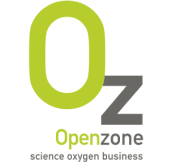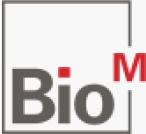How can health and lifesciences clusters enhance their support to their ecosystems and enhance their innovation capacities?
6 European clusters in healthtech and life sciences joined forces together for Horizon Europe project INNAXE coordinated by Biocat, BioRegion of Catalonia, with Medicen Paris Region, BioRN Life Science Cluster Rhine-Neckar, Danish Life Science Cluster, Health & Life Sciences Cluster Bulgaria – BioCluster.bg, Council of European BioRegions – CEBR to tackle this ambitious challenge!
The subject of impact measurement is of crucial importance for cluster organizations as they continuously aim to enhance their support to the ecosystem for even more innovative and efficient services. The INNAXE’s consortium have recently published a “Guidelines for ecosystem monitoring, benchmarking, and impact evaluation results” which can be downloaded here.
This Guideline aims to provide health and lifesciences clusters with a toolbox to monitor both their ecosystem and their own work. Adoption of these guidelines will allow cluster management organizations to increase the impact they have towards their own and their stakeholders’ goals by understanding offers, needs, and international collaboration interests in more detail.
A simple benchmarking survey has been developed that helps to identify strengths and weaknesses of Life Science and Healthcare ecosystems without being overly extensive. The main purpose of the benchmarking survey is not to rankbut rather to improve internal processes and activities and to align with other clusters with different backgrounds. However, it can also be used to identify aspects that are useful for public relations.
Health and lifesciences clusters are encouraged to check the Guideline for more information.
This Guideline is part of several steps leading to the final deliverable of the project: a Joint Action Plan to foster inclusive and aligned innovation ecosystems in Europe! I
INNAXE’s partners look forward to keeping you posted on the project!




































































